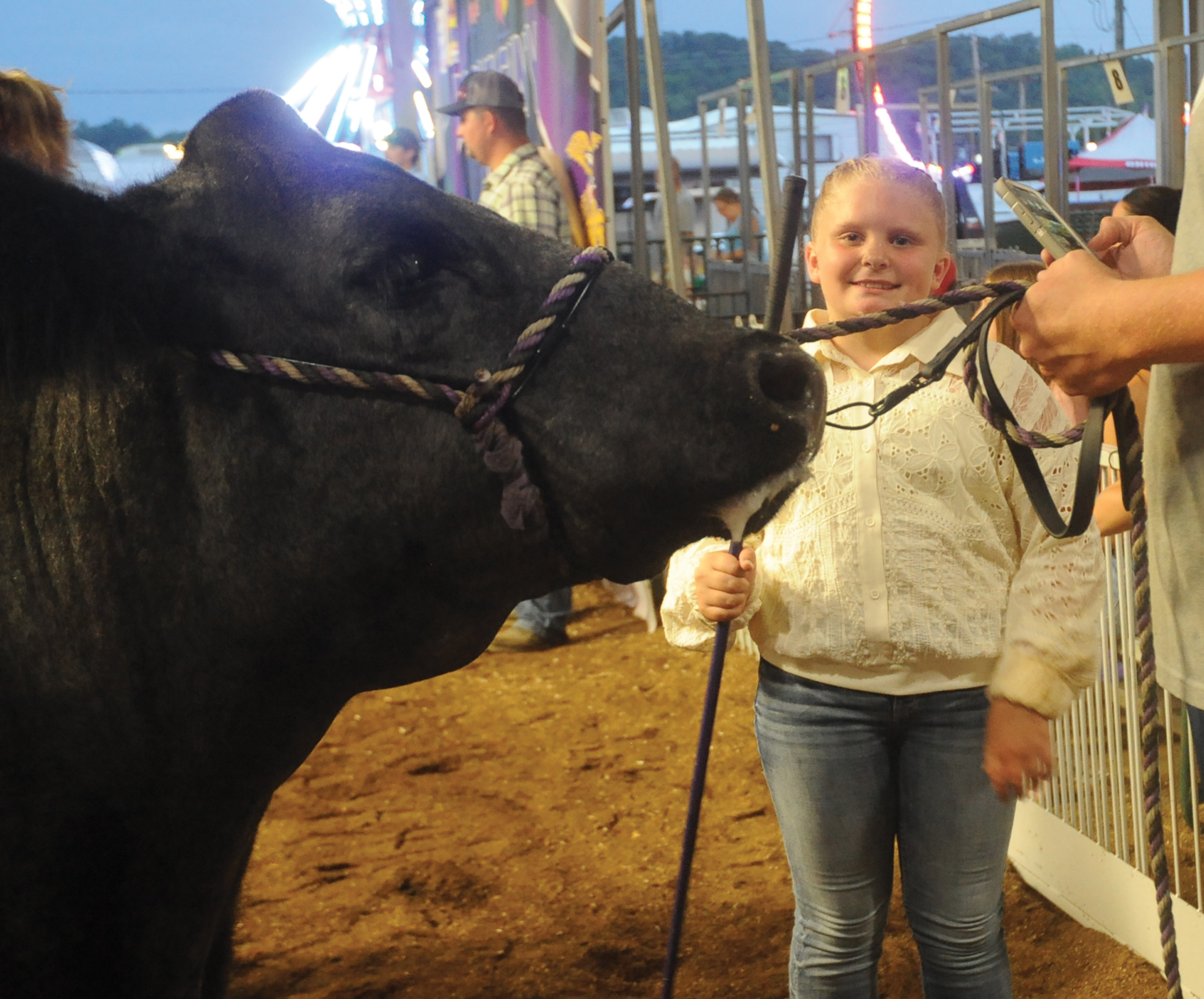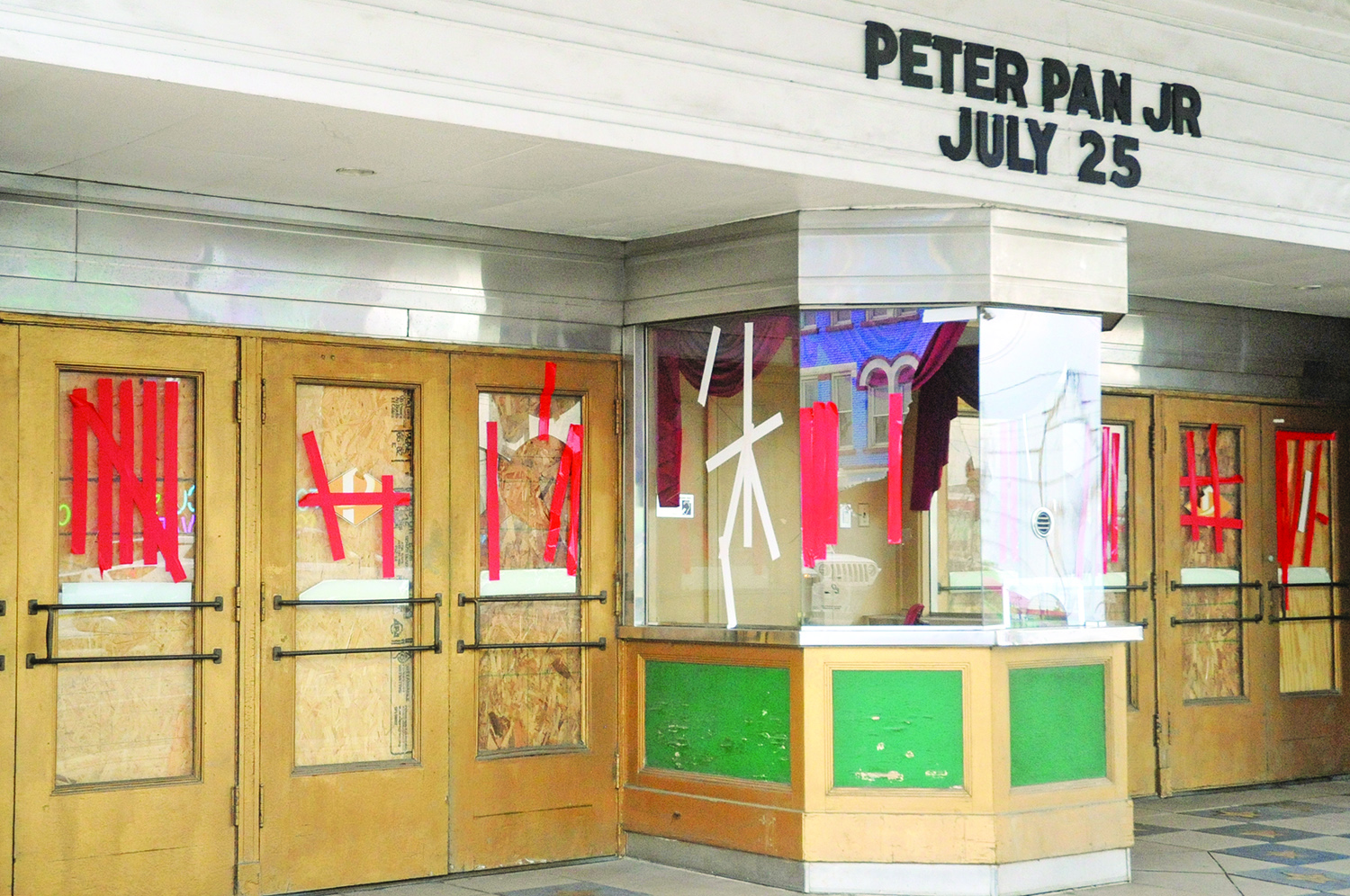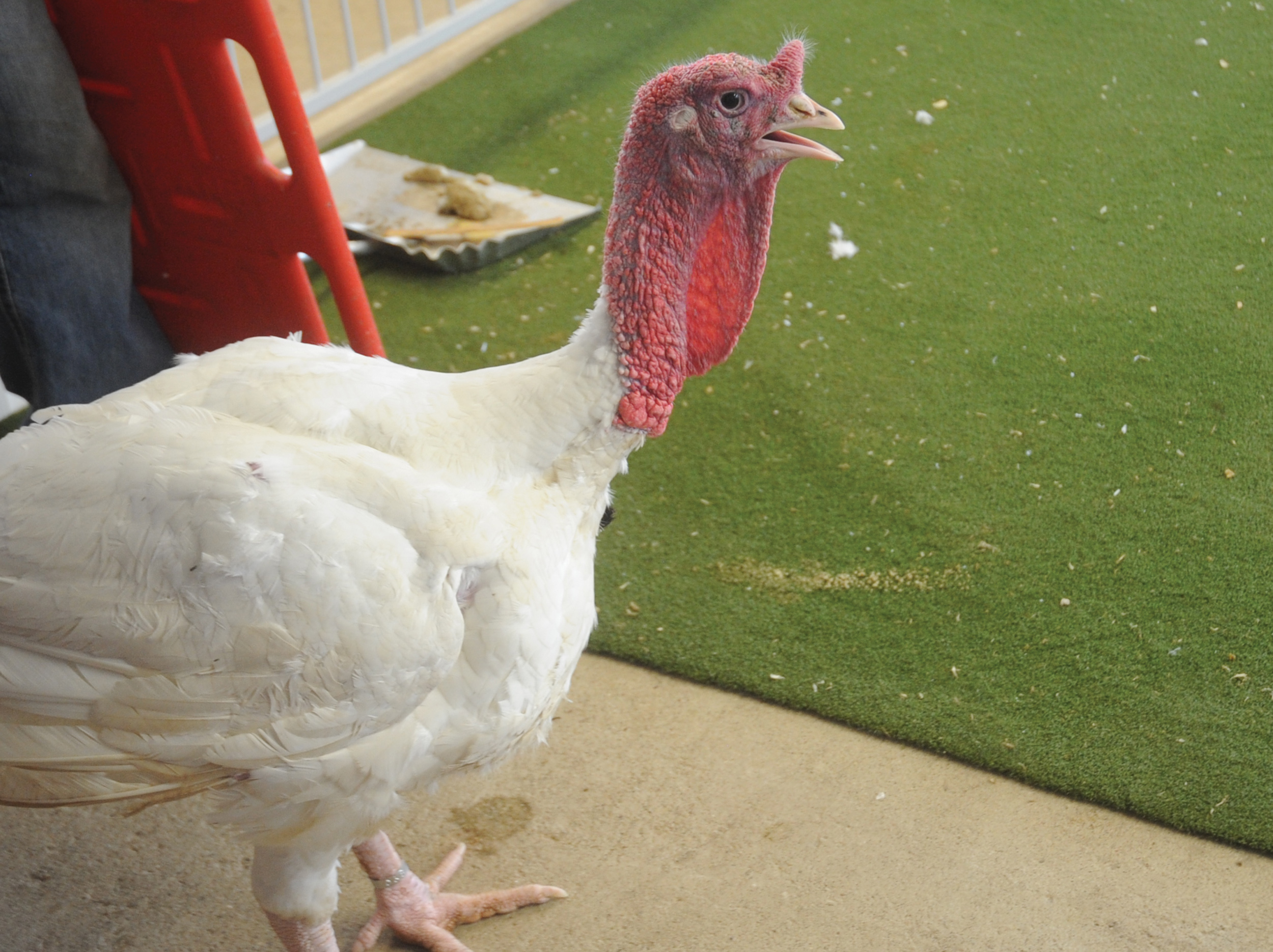Tim Throckmorton: Roots of Thanksgiving
Published 12:00 am Sunday, December 1, 2024
The roots of our uniquely American celebration of Thanksgiving are traced back to when the Pilgrims set sail for America on Sept. 6, 1620, and for two months, braved the Atlantic Ocean.
We remember that the Pilgrims were independent from the Church of England and met secretly in a town called Scrooby.
King James I demanded that groups like them conform to the official church, or he would “Harry them out of the land.”
Trending
They then left England and re-established their church in Holland. From there, Pastor John Robinson prayerfully led the church to consider re-locating in the New World of America.
For two months, they braved the harsh elements and storm-tossed sea, missed their target of Virginia and landed at Cape Cod in what is now Massachusetts.
Before they disembarked, they huddled beneath the deck and drafted a self-governing document they called the Mayflower Compact that begins “In the Name of God” and gave this reason for their coming: “For the Glory of God and the Advancement of the Christian Faith.”
One of my favorite pictures located in the Rotunda of the Capitol building of the United States is by Robert W. Weir who was commissioned to paint “The Embarkation of the Pilgrims from Delfthaven in Holland.”
Completed in 1843, it depicts the Pilgrim families gathered around their pastor, John Robinson, for a farewell service on the deck of the Speedwell before its departure from Holland. Clearly seen in the painting is a Geneva Bible opened to John 3:16 and the name of Jesus Christ plainly seen on the open page of a large Bible.
Upon disembarking at Plymouth Rock, they held a prayer service and then hastily began building shelters; however, unprepared for such a harsh New England winter, nearly half of them died before spring.
Trending
Emerging from that grueling winter, the Pilgrims were surprised when an Indian named Samoset approached them and greeted them in their own language, explaining to them that he had learned English from fishermen and traders.
A week later, Samoset returned with a friend named Squanto, who lived with the Pilgrims and accepted their Christian faith.
Pilgrim Governor William Bradford described Squanto as “a special instrument sent of God for our good and never left us till he died.”
That summer, the Pilgrims, still persevering in prayer and assisted by helpful Indians, reaped a bountiful harvest.
As Pilgrim Edward Winslow affirmed, “God be praised, we had a good increase of Indian corn,” “by the goodness of God, we are . . . far from want.”
The grateful Pilgrims therefore declared a three-day feast in December 1621 to thank God and to celebrate with their Indian friends… America’s first Thanksgiving festival.
America’s first official national Thanksgiving occurred in 1789 with the commencement of the federal government.
According to the Congressional Record, the first act after the Framers completed the framing of the Bill of Rights was that Mr. Elias Boudinot said he could not think of letting the session pass without offering an opportunity to all the citizens of the United States joining with one voice in returning to Almighty God their sincere thanks for the many blessings He had poured down upon them.
That congressional resolution was delivered to President George Washington, who heartily concurred with the request and issued the first federal Thanksgiving proclamation, declaring in part, “Whereas it is the duty of all nations to acknowledge the providence of Almighty God, to obey His will, to be grateful for His benefits, and humbly to implore His protection and favor. . . that we may all unite to render unto Him our sincere and humble thanks for His kind care and protection.”
The first Continental Congress appointed the day of thanksgiving and praise so that the people may express the grateful feelings of their hearts and join in prayers that it may please God, through the merits of Jesus Christ, to forgive us our sins and to enlarge His kingdom which consists of righteousness, peace and joy in the Holy Ghost. It was signed by Samuel Adams and Richard Henry Lee in 1777.
In 1779 President Jefferson wrote “I, Thomas Jefferson appoint a day of public Thanksgiving to the Almighty God and to ask Him that He would pour out His Holy Spirit on all ministers of the Gospel; that He would spread the light of Christian knowledge through the remotest corners of the earth,”… and that he would establish these United States upon the basis of religion and virtue.
As in years past, may our hearts again this year reflect the words of the Psalmist, “I will offer to You the sacrifice of thanksgiving, And will call upon the name of the LORD.” “Bless the LORD, O my soul; And all that is within me, bless His holy name! Bless the LORD, O my soul, and forget not all His benefits.”
Happy Thanksgiving!
Tim Throckmorton is the national director of Family Resource Council’s Community Impact Teams.






